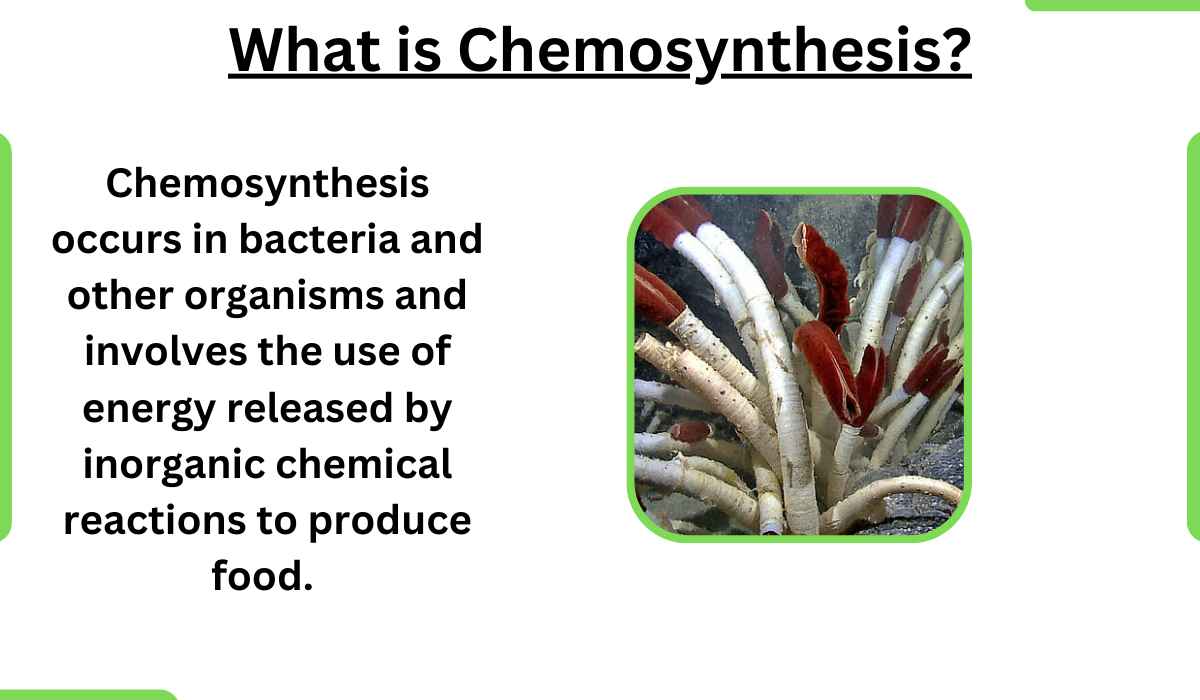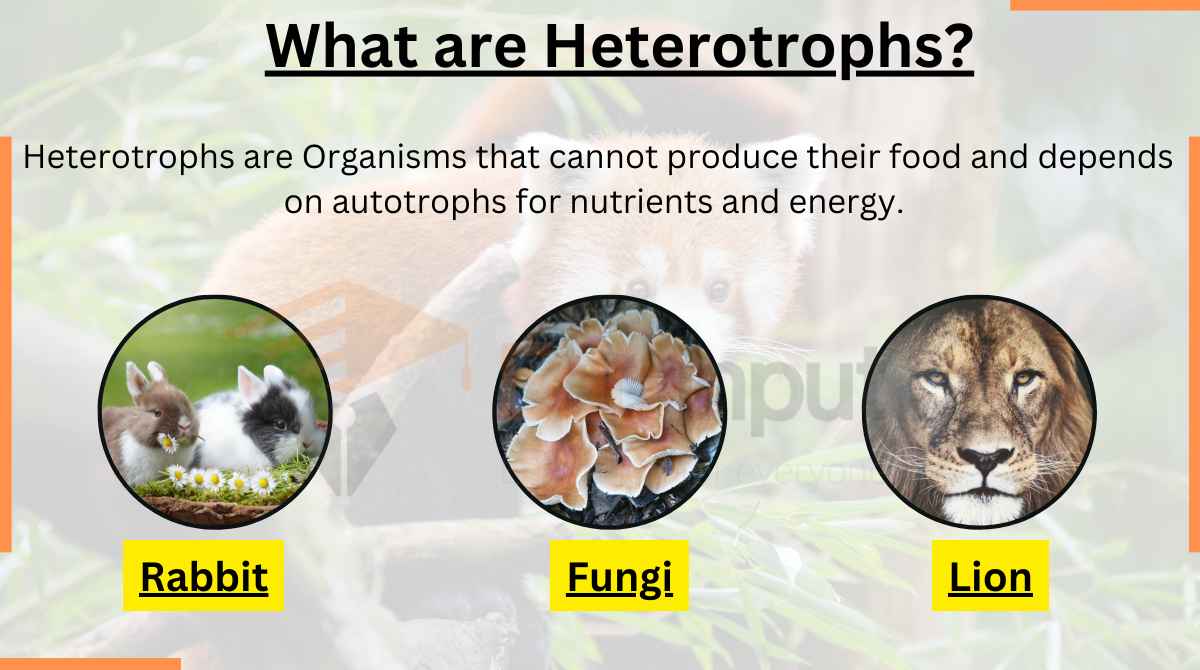Small Intestine-Definition, Structure, And Parts
The small intestine is the main site where digestion takes place. It absorbs water, fats, carbohydrates, proteins, vitamins, minerals, and other substances from the food you eat.
The small intestine is the longest part of the digestive tract. It has three parts: duodenum, jejunum, and ileum. Together they form the main portion of the small intestine. This organ helps us absorb nutrients from food.
It is also called the blind gut because it does not have a visual lining. It is the largest organ in our body and holds approximately 3 feet in length.
Structure Of Small Intestine
The small intestine is responsible for breaking down and absorbing the majority of ingested food. The human small intestine is about 4 centimeters in diameter and 7 to 8 meters in length, falling in the middle range when compared to the small intestines of both carnivores and herbivores. This indicates that humans are omnivores.
The inner surface of the intestine contains minute projections called villi. Villi are finger like microscopic projections. Villi greatly increase the inner surface area of the small intestine. The villi have simple columnar epithelial cells. These cells bear numerous microvilli. These minute projections are much denser. Therefore, the inner wall of the human small intestine has a total surface area of approximately 300 m².
Parts Of The Small Intestine
The small intestine has three parts:
- Duodenum
- Jejunum
- Ileum
Duodenum
The duodenum is the first section of the small intestine and its main purpose is to aid in digestion. The duodenal mucosa, or lining, houses many intestinal glands that secrete enzymes. In addition, the pancreas secretes enzymes that assist in the breakdown of carbohydrates and proteins. Most lipids are also digested during this process.
Jejunum And Ileum
The end products of digestion are amino acids, simple sugars, fatty acids, glycerol nucleotides, and water. The jejunum and ileum absorb these end products. Much absorption takes place by active transport and the sodium ATPase pump.
Functions Of Small Intestine
Small Intestine performs the following functions;
1. The capillaries of villi absorb sugars and amino acids.
2. The free fatty acids enter the epithelial cells of the villi. They recombine with glycerol to form triglycerides. The triglycerides are coated with proteins and form small droplets called chylomicrons. Chylomicrons enter the lacteals of the villi. The chylomicrons move into the lymphatics from the lacteals. Finally, they move into the bloodstream and are transported throughout the body.
3. The small intestine absorbs water and dissolved mineral ions. The small intestine absorbs about 9 liters of water per day.

 written by
written by 



Leave a Reply